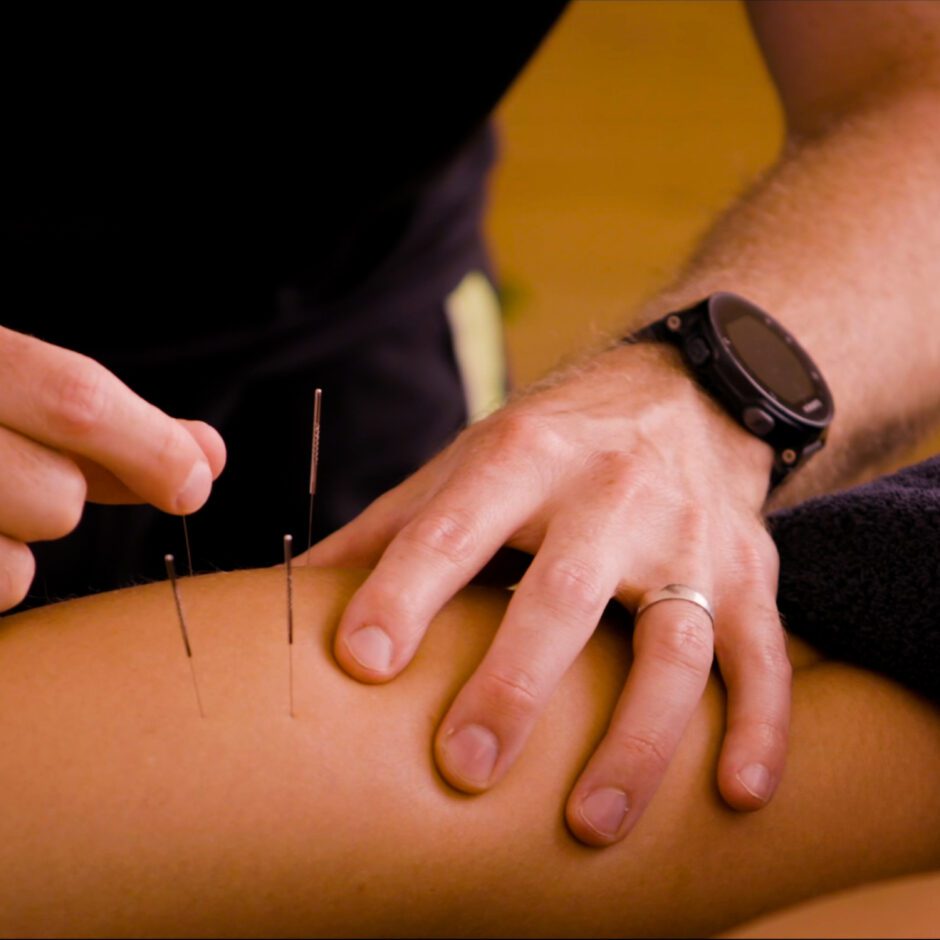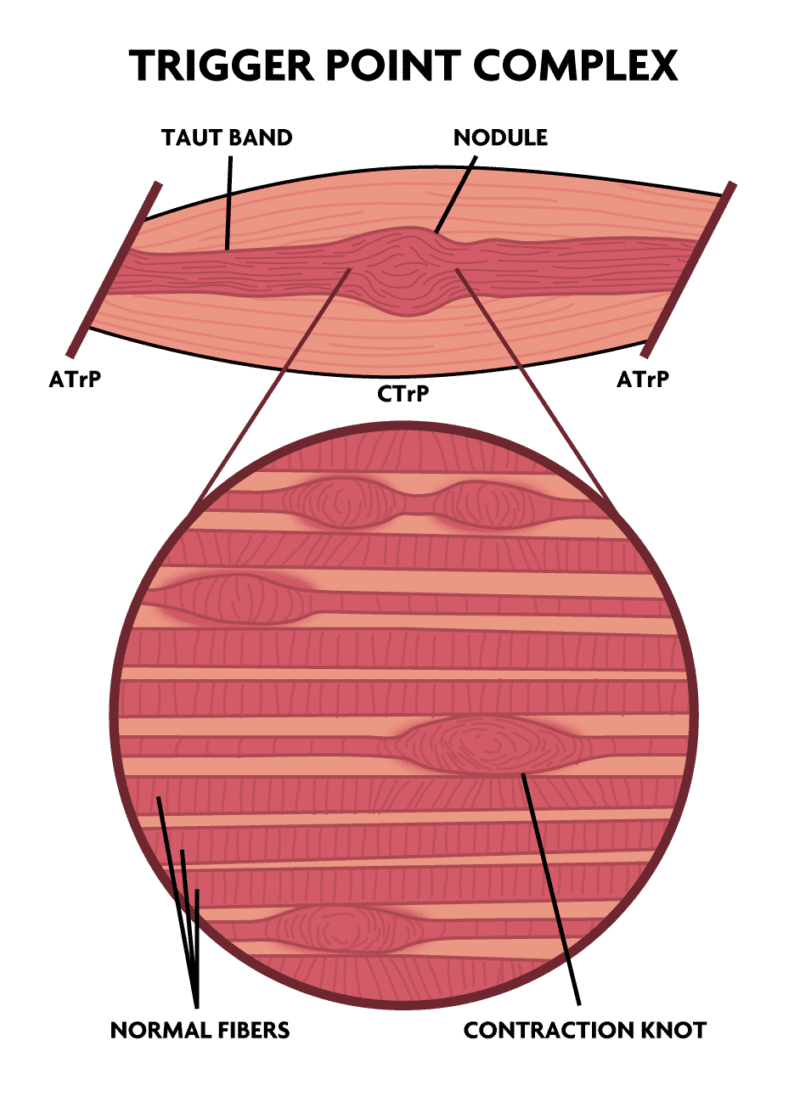
Is trigger point therapy the same as myofascial release?
There is no significant difference between myofascial release and trigger point therapy as they both refer to similar methods of targeting tight bands of muscle and connective tissues to help ease tension. Some practitioners may use the term myofascial release in relation to deep tissue massage/release while using trigger point therapy to refer to specifically targeting trigger points. However, both have similar aims of releasing tissue and stimulating targeted blood flow and circulation.
How does myofascial release trigger point therapy work?
The primary goals of myofascial trigger point therapy are to improve blood circulation to tight trigger points, stretch out taut bands of muscle and release the fascia/connective tissues surrounding the trigger point. There are several ways in which your therapist or coach will target trigger points including using manual therapy, dry needling and stretching/strengthening exercises. Manual therapy can be used by applying pressure directly and specifically to the muscles, fascia and connective tissues to stimulate blood flow and ease tightness. Dry needling uses sterile acupuncture needles to target the specific trigger points and improve blood flow and circulation to the affected area. These treatments work best when paired with strength and mobility exercises to build muscle capacity and prevent recurrence of trigger points forming.
What causes trigger points to develop?
- Injury sustained by a fall/trauma
- Lack of exercise - commonly in sedentary populations
- Bad posture
- Muscle overuse/overload without adequate recovery
- Chronic Stress condition - anxiety, depression, psychological stress trauma
- Vitamin deficiencies - Vitamin C, D, B, folic acid, iron
- Sleep disturbances
- Joint problems and hypermobility
What are the benefits of myofascial release trigger point therapy?
These include pain relief, improved mobility and flexibility as well as providing an opportunity to start working on preventative strength and mobility exercises without as much discomfort. It can also allow for quicker return to functional activities, work and sports. Trigger point therapy can be used quite widely for many conditions including:
- Headaches
- Migraines
- Temporomandibular joint (TMJ) disorder
- Lower back pain
- Sciatica
- Carpal tunnel syndrome
- Plantar fasciitis
- Osteoarthritis
- Sports injuries
If you are struggling with muscle and joint pain and believe trigger point therapy could help you, or if you are unsure on what would be the most beneficial approach for your injury please contact one of our friendly All Stars to book an assessment with one of our coaches today.
Rhys Burgess
Physiotherapist and Coach
PEAK
Let's get started — How can we help?
Physiotherapy
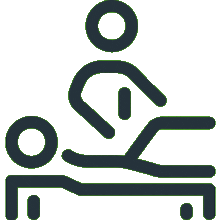
Chiropractic
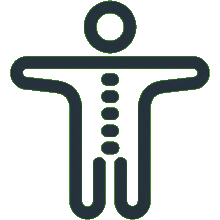
Podiatry
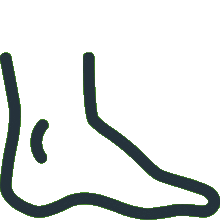
Massage Therapy
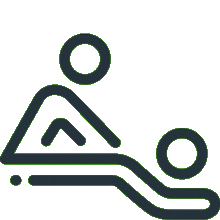
Women's Health Physiotherapy
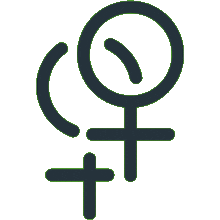
Running Program Tailored To Your Goals
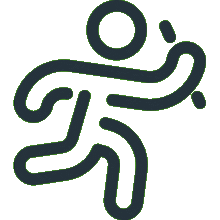
Joint Mobilisation
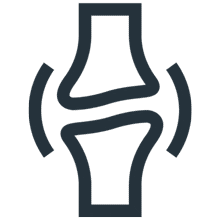
Active Release Technique
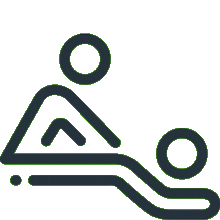
Exercise Prescription
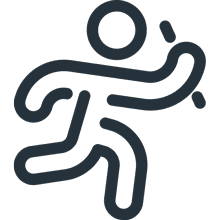
Real Time Ultrasound Imaging

Spinal Manipulation
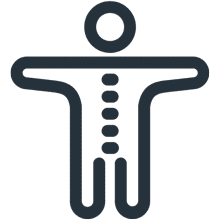
Functional Movement Screen
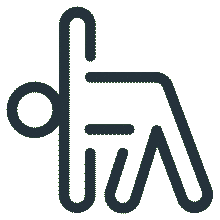
Knee Pain Treatment

Hamstring Strain Treatment
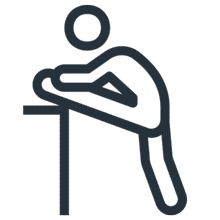
Hip Pain Treatment

Upper, Middle & Lower Back Pain

Neck Pain Treatment

Shoulder Pain & Rotator Cuff Tear

Can't find what you're after?
View all Services
Make an appointment
Or email the PEAK team at info@peakssc.com.au
Hawthorne
- Phone: (07) 3399 3318
- Fax: (07) 3319 6577
Address
5/171 Riding Road,Hawthorne, QLD, 4171 Get Directions
Opening Hours -
6 days per week
- Monday - Friday: 7:00 am - 8:00 pm
- Saturday: 7:00 am - 1:00 pm
To make a booking outside of business hours, please use our form by clicking here.
New Farm
- Phone: (07) 3399 4668
- Fax: (07) 3319 6577
Address
1/15 Lamington Street,New Farm, QLD, 4005 Get Directions
Opening Hours -
6 days per week
- Monday: 7:00 am - 8:00 pm
- Tuesday: 7:00 am - 8:00 pm
- Wednesday: 9:00 am - 8:00 pm
- Thursday: 10:00 am - 8:00 pm
- Friday: 7:00 am - 3:00 pm
- Saturday: 7:00 am - 3:00 pm
To make a booking outside of business hours, please use our form by clicking here.
